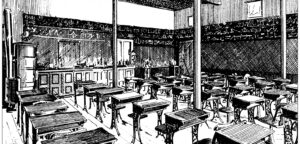
Working Smarter, Not Harder: Reimagining Your Role as Online Instructor
Recent conversations about online learning have centered on ways to create dynamic online courses where students and instructors are engaged (Page et al., 2020). Online discussion forums are spaces where engagement happens. Here, instructors use feedback to motivate students, stimulate conversation, and encourage deep











